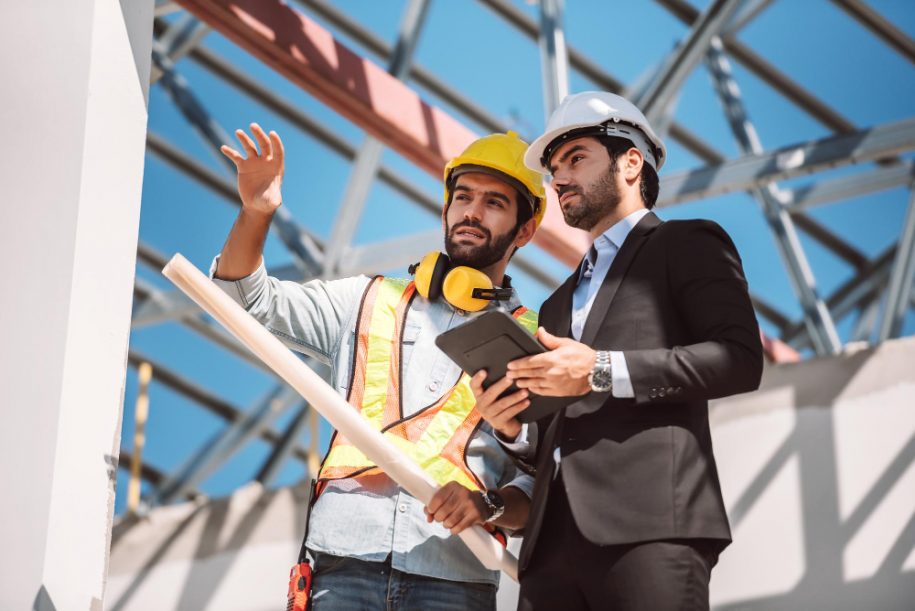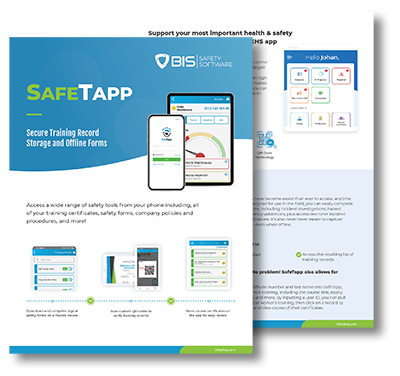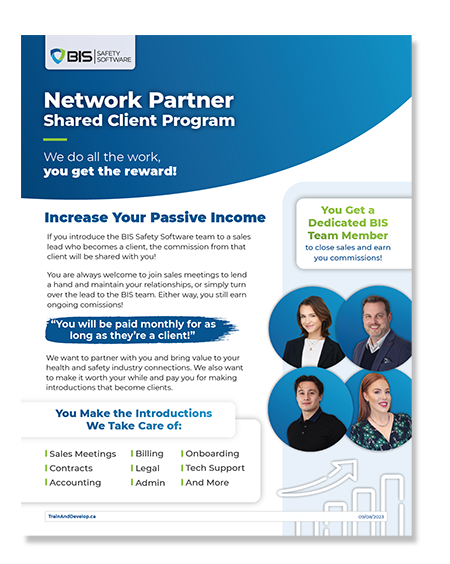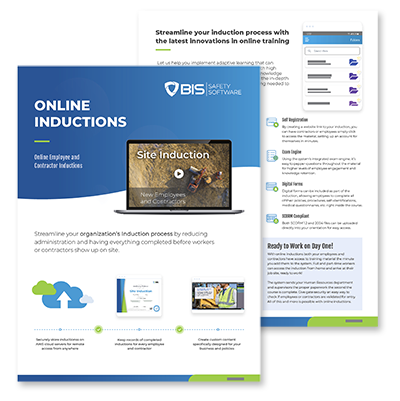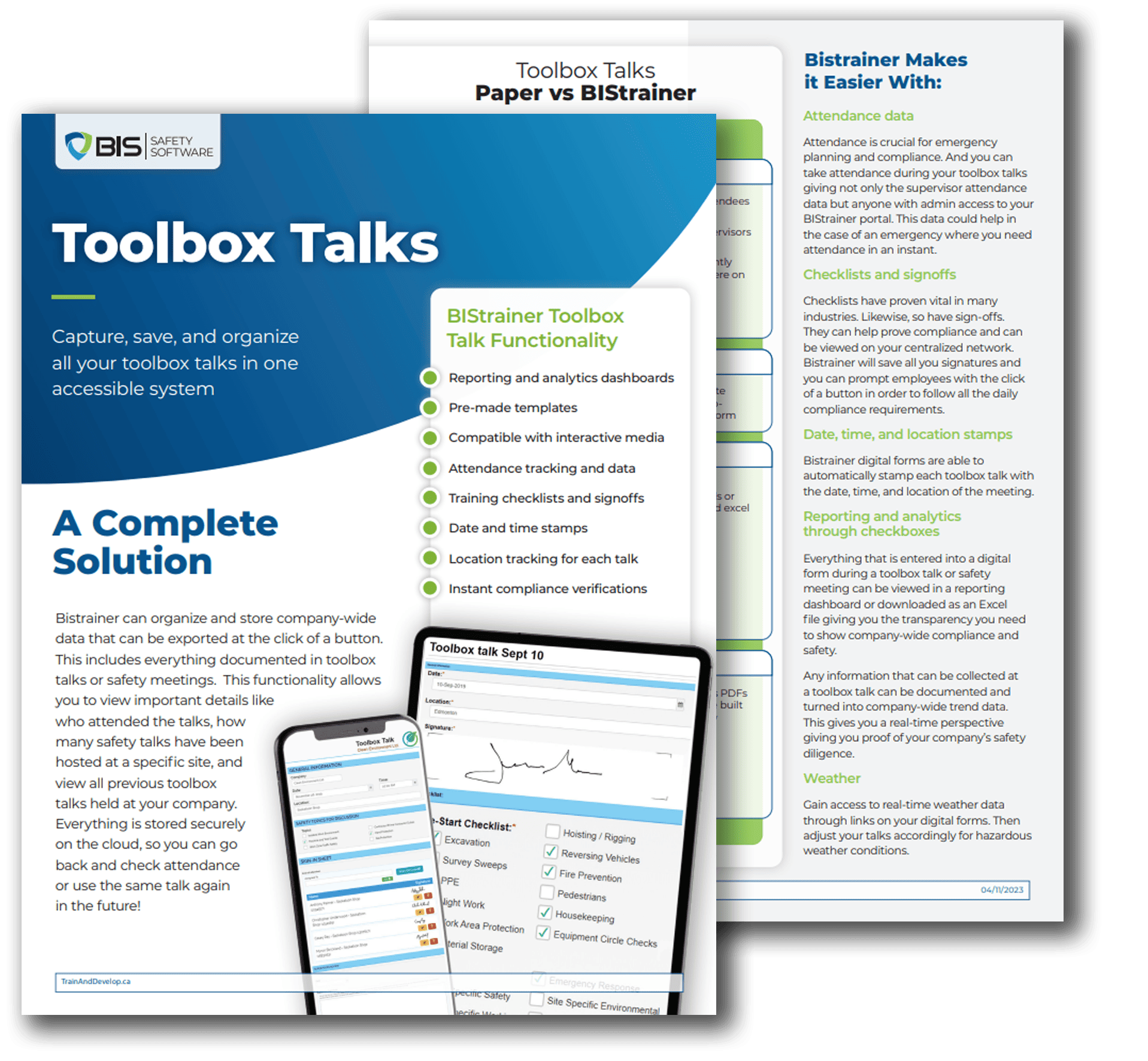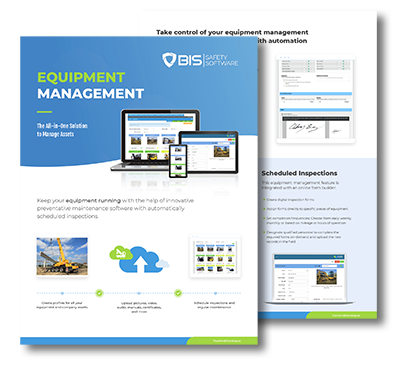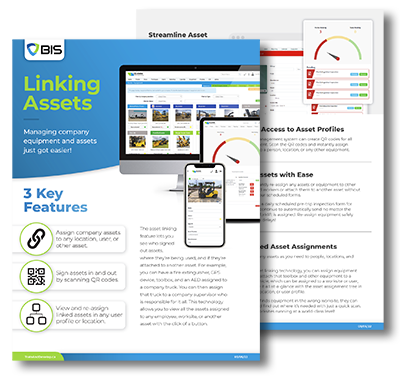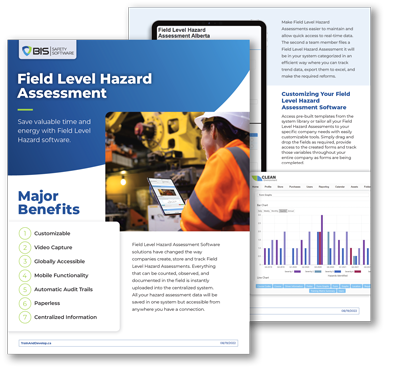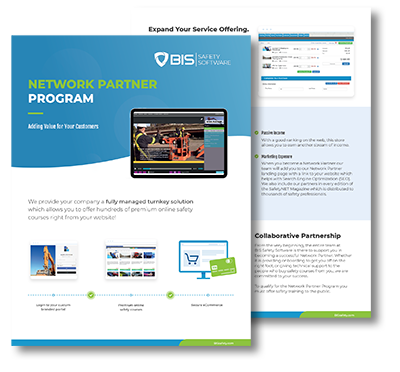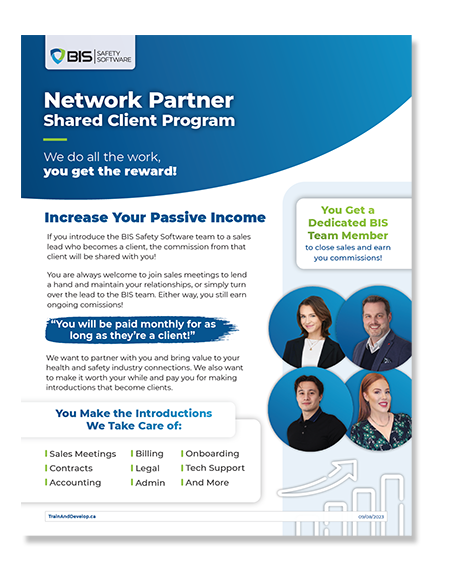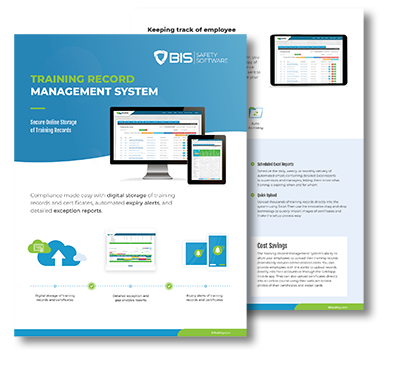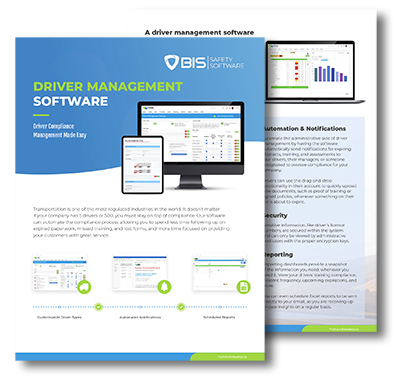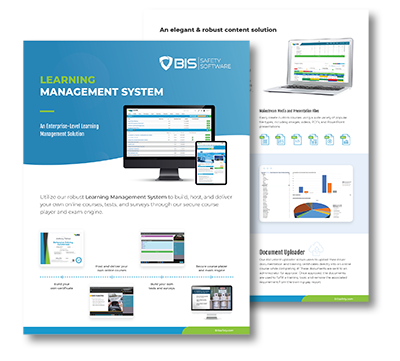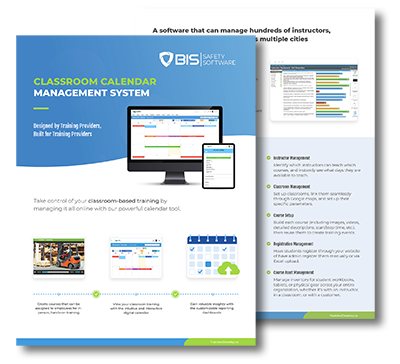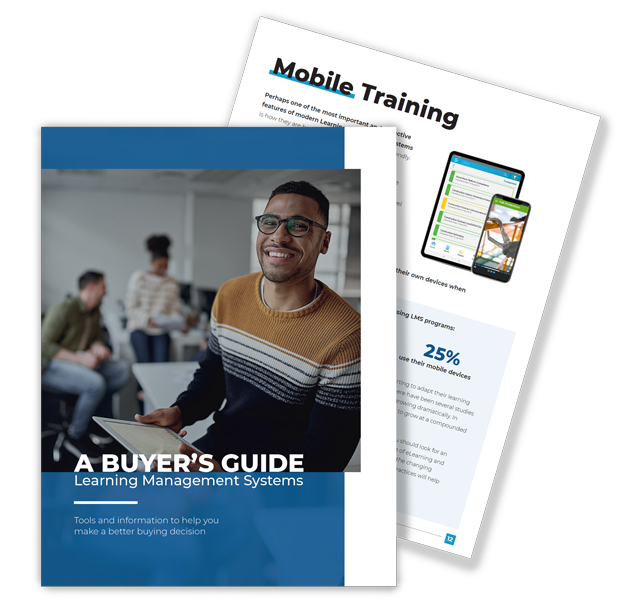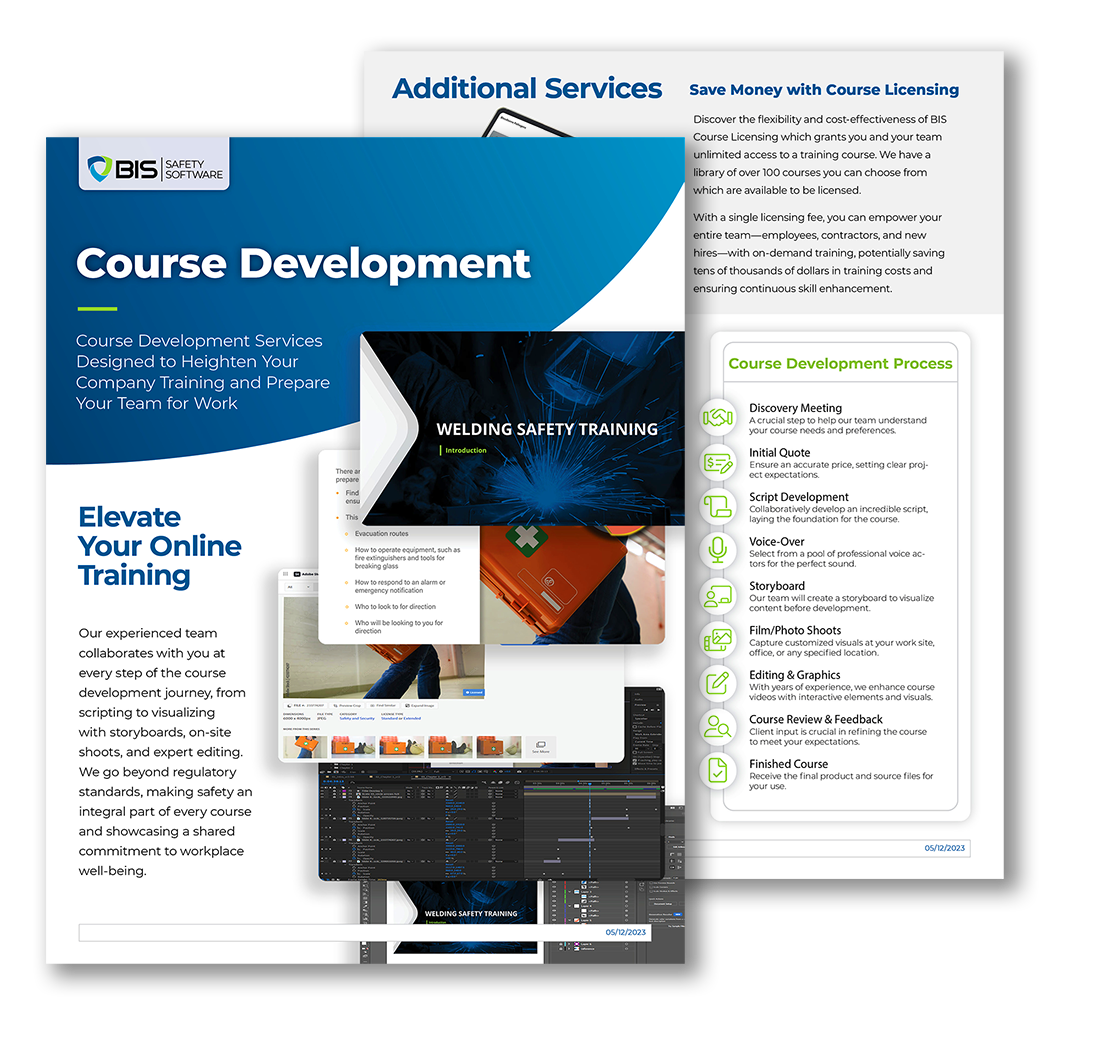Picture this: it’s pitch black, -40°C, and the wind’s got teeth. Jeremy Desilets is working a drilling rig at 2 a.m., steel in his grip, frost on his lashes. One wrong move? There’s no second chance.
That kind of moment brands you. Years later, Jeremy’s in meetings and strategy sessions—but he still leads like he’s out on that rig. Because once you’ve lived the risk, safety doesn’t live on paper. It lives in your gut.
Leaders like Jeremy, Martin Tanwi, and Jennifer Lastra didn’t learn safety in classrooms—they lived it. Their education came from missed steps, close calls, and broken gear. From learning what to do when duct tape is all you’ve got—and knowing exactly when to say “this isn’t safe.”
They’ve called off work in windstorms. They’ve watched near-misses happen in real time and felt that sick churn in their stomach.
Field-born leaders don’t look at charts—they look at people. And they notice what the boardroom misses: the half-second of hesitation, the patch job that won’t hold, the silent dread no one reports.
Lessons You Don’t Learn in an MBA Program
Emotions drive safety. Jeremy remembers supervisors who didn’t just check harnesses—they checked heads and hearts. That kind of care creates loyalty and long-term safety buy-in.
Fear is a hazard. Dr. Johanna Pagonis doesn’t teach policies—she teaches psychological safety. Because when people are scared to speak up, they hide problems. That’s a ticking time bomb.
Trust beats titles. Carolynne Heron wasn’t a safety expert when she stepped in. But she listened. She built trust. And that shifted everything more than any manual could.
Real training hits harder. Jennifer Lastra, Navy veteran and VR safety pioneer, says it straight: “You can’t train away a broken culture.” She’s building simulations that force tough choices—because once you feel it, you don’t forget it.
Experience can blind you. Martin Tanwi doesn’t sugarcoat it: “Experience isn’t invincibility.” He keeps his crew grounded—because overconfidence kills.
The Biggest Danger? Not Knowing the Job
When executives don’t understand what the field feels like, decisions drift. Budgets look good, but the jobsite doesn’t. Workers start checking boxes instead of solving problems. Hazards multiply. Injuries rise.
It’s not bad leadership—it’s disconnected leadership. And disconnection is deadly.
Want to change that? Get in the dirt.
Visit job sites. Ask questions you don’t know the answers to. Skip the PowerPoint—just show up.
Ask the crew about the scariest moment they’ve had on the job. Then shut up and listen. That’s where the real safety culture lives.
Because the strongest safety leaders aren’t just educated—they’re initiated. They’ve faced the danger, made the call, and learned what it costs to get it wrong.
Field cred can’t be faked. But it can be honored. And if you want a team that buys in? Start by learning the language of lived experience.
Additional Articles
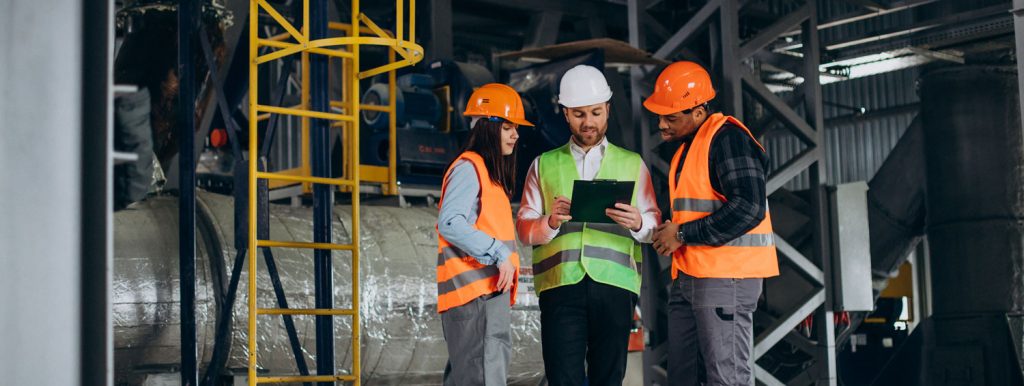
The Good The Bad and The Ugly of Workplace Safety
Learn the practical steps required for conducting Field Level Hazard Assessments with our detailed guide and real-world examples. … Read More
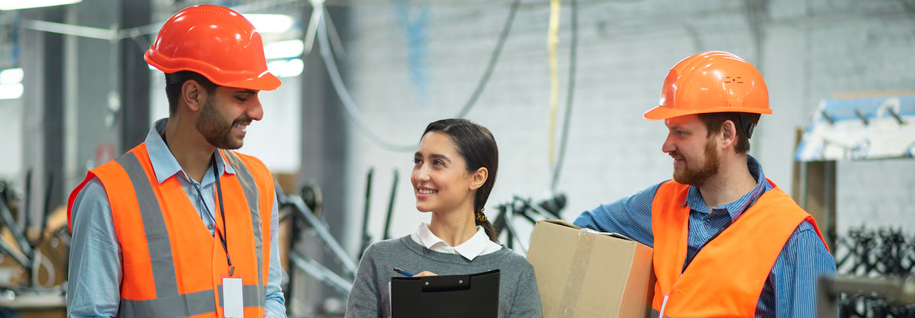
What is Safety Culture and Why Does it Matter
What is Safety Culture and Why Does it Matter? A strong safety culture isn’t just about following rules—it’s about making safety an ingrained habit, valued above profitability, productivity, or ego. However, complacency can set in when people do something for

